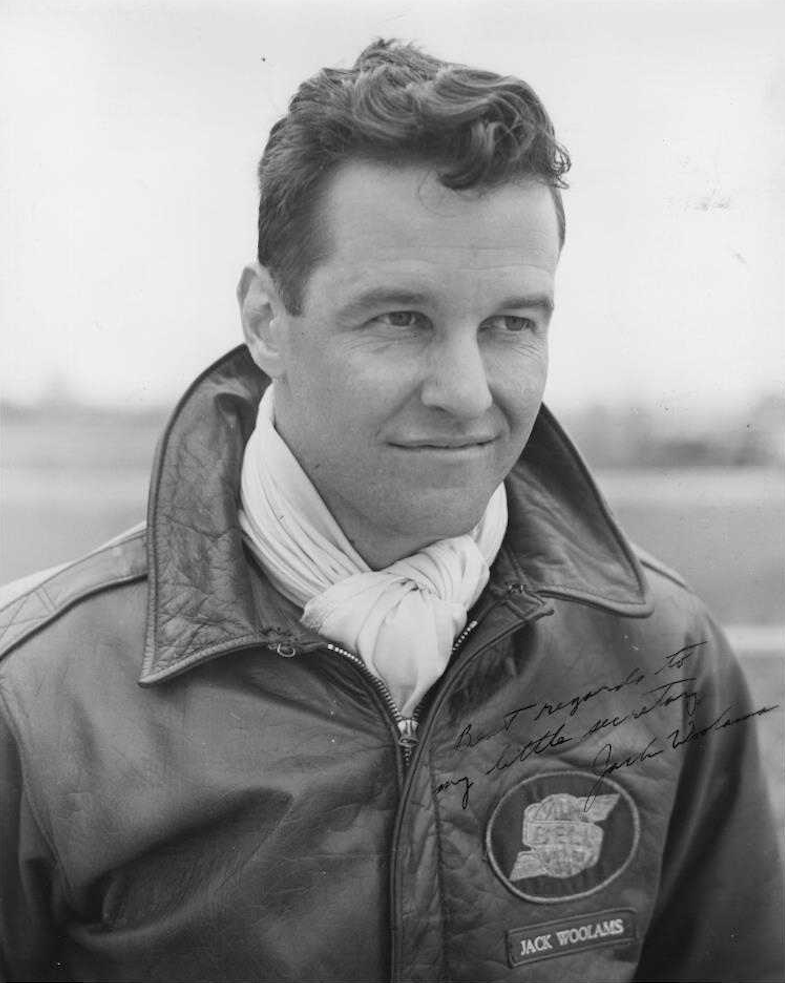
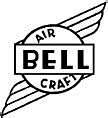
46-062 was the first of three XS-1 rocketplanes built by Bell for the U.S. Army Air Corps and the National Advisory Committee for Aeronautics (NACA) to explore flight at speeds at and beyond Mach 1, the speed of sound. The airplane had been rolled out of Bell’s plant at Buffalo, New York, on 27 December 1945. The rocket engine, which was being developed by Reaction Motors, Inc., at Franklin Lakes, New Jersey, was not ready, so the experimental aircraft was carrying ballast in its place for the initial flight tests.
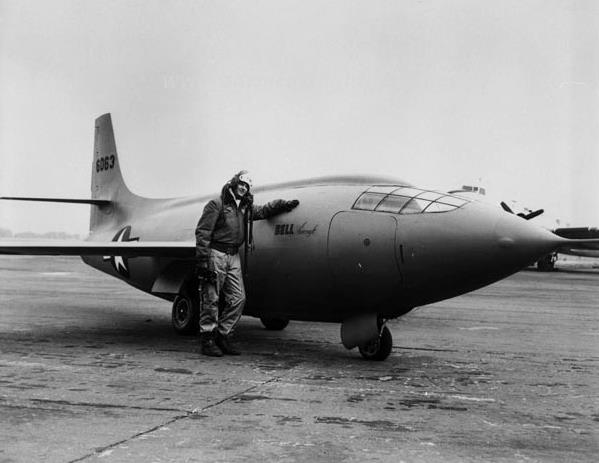
The XS-1 was to be air-dropped from altitude by a modified heavy bomber so that its fuel could be used for acceleration to high speeds at altitude, rather than expended climbing from the surface. Bell manufactured B-29B Superfortresses at its Atlanta, Georgia, plant and was therefore very familiar with its capabilities. A B-29, 45-21800, was selected as the drop ship and modified to carry the rocketplane in its bomb bay.
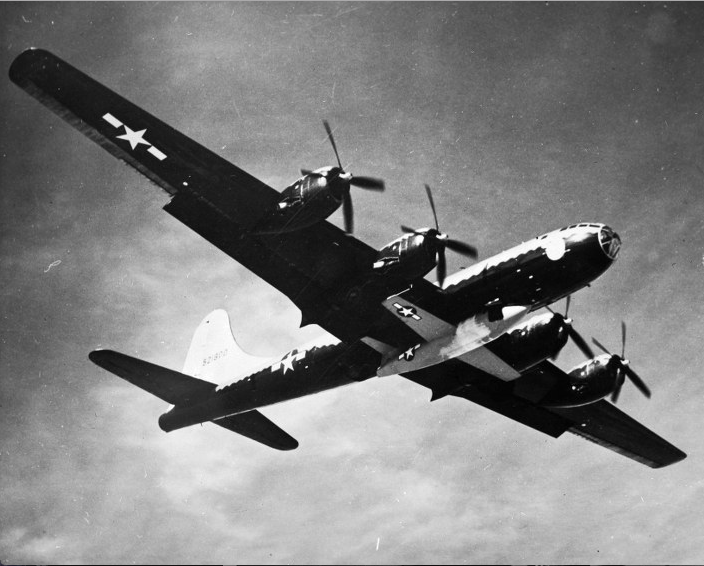
Pinecastle Army Airfield was chosen as the site of the first flight tests because it had a 10,000 foot (3,048 meter) runway and was fairly remote. There was an adjacent bombing range and the base was a proving ground for such aircraft as the Consolidated B-32 Dominator. (Today, Pinecastle A.A.F. is known as Orlando International Airport, MCO.)
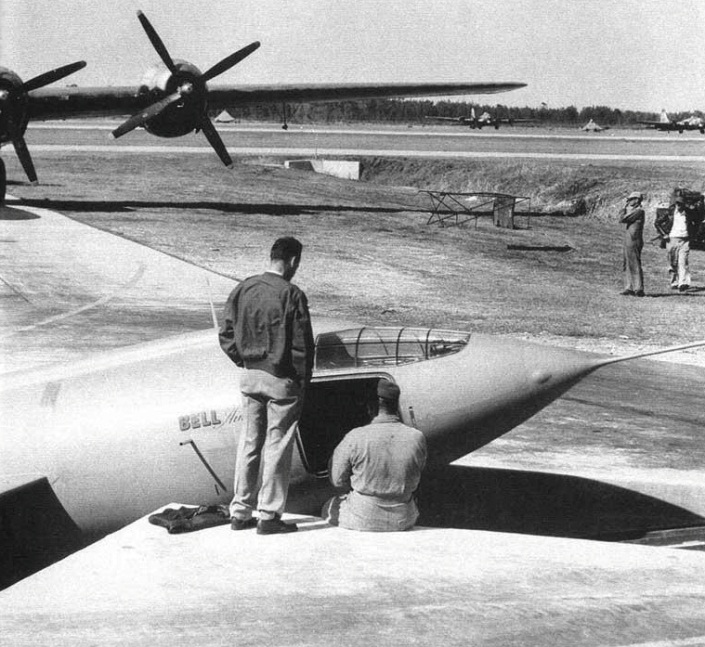
The B-29 carrying the XS-1 took off from Pinecastle at 11:15 a.m., and began its climb to altitude. Woolams was in the forward crew compartment. As the bomber reached approximately 10,000 feet (3,048 meters), he entered the bomb bay and climbed down into the cockpit of the research aircraft. At the drop altitude, the B-29 was flying at 180 miles per hour (290 kilometers per hour) with the inboard propellers feathered and flaps lowered to 20°.
The XS-1 dropped away smoothly. Woolams flew the rocketplane to a maximum 275 miles per hour (443 kilometers per hour), indicated air speed, during this first glide test. He described the rocketplane as, “solid as a rock, experiencing absolutely no vibration or noise. At the same time, it felt as light as a feather during maneuvers due to the lightness, effectiveness and nice balance between the controls.” Woolams described the visibility from the cockpit as “not good, but adequate.”
The duration of the first glide flight was about ten minutes. Woolams misjudged his approach to Pinecastle and landed slightly short of the runway, on the grass shoulder, but the XS-1 was not damaged.
The conclusion of Woolams’ flight report is highly complementary of the experimental airplane:
11. Of all the airplanes the writer has flown, only the XP-77 and the Heinkel 162 compare with the XS-1 for maneuverability, control relationship, response to control movements, and lightness of control forces. Although these impressions were rather hastily gained during a flight which lasted only 10 minutes, it is the writer’s opinion that due to these factors and adding to them the security which the pilot feels due to the ruggedness, noiselessness, and smoothness of response of this airplane, it is the most delightful to fly of them all.
—PILOT’S REPORT, Flight 1, by Jack Woolams
Jack Woolams made ten glide flights with 46-062, evaluating its handling characteristics and stability. The aircraft was returned to Bell to have the rocket engine installed, and it was then sent to Muroc Army Airfield in the high desert of southern California for powered flight tests. (Muroc A.A.F. was renamed Edwards Air Force Base in 1949.)
Bell XS-1 46-062 was later named Glamorous Glennis by its military test pilot, Captain Charles E. Yeager, U.S. Army Air Corps. On 14 October 1947, Chuck Yeager flew it to Mach 1.06 at 13,115 meters (43,030 feet). Today the experimental aircraft is on display at the Smithsonian Institution National Air and Space Museum.
The Bell XS-1, later re-designated X-1, was the first of a series of rocket-powered research airplanes which included the Douglas D-558-II Skyrocket, the Bell X-2, and the North American Aviation X-15, which were flown by the U.S. Air Force, U.S. Navy, NACA and its successor, NASA, at Edwards Air Force Base to explore supersonic and hypersonic flight and at altitudes to and beyond the limits of Earth’s atmosphere.
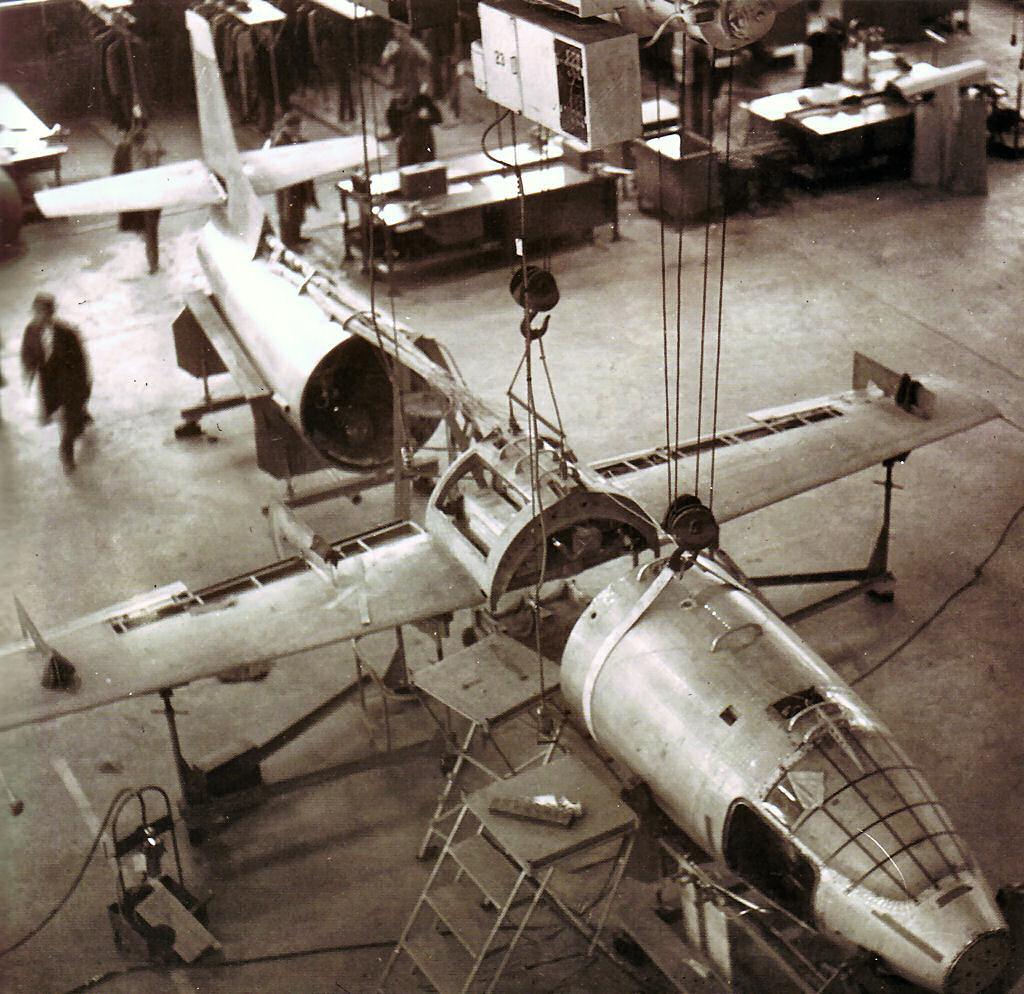
The X-1 has an ogive nose, similar to the shape of a .50-caliber machine gun bullet, and has straight wings and tail surfaces. It is 30 feet, 10.98 inches (9.423 meters) long with a wing span of 28.00 feet (8.534 meters) and overall height of 10 feet, 10.20 inches (3.307 meters).
46-062 was built with a thin 8% aspect ratio wing, while 46-063 had a 10% thick wing. The wings were tapered, having a root chord of 6 feet, 2.2 inches (1.885 meters) and tip chord of 3 feet, 1.1 inches (0.942 meters), resulting in a total area of 130 square feet (12.1 square meters). The wings have an angle of incidence of 2.5° with -1.0° twist and 0° dihedral. The leading edges are swept aft 5.05°.
The horizontal stabilizer has a span of 11.4 feet (3.475 meters) and an area of 26.0 square feet (2.42 square meters). 062’s stabilizer has an aspect ratio of 6%, and 063’s, 5%.
The fuselage cross section is circular. At its widest point, the diameter of the X-1 fuselage is 4 feet, 7 inches (1.397 meters).
46-062 had an empty weight is 6,784.9 pounds (3,077.6 kilograms), but loaded with propellant, oxidizer and its pilot with his equipment, the weight increased to 13,034 pounds (5,912 kilograms).
The X-1 was designed to withstand an ultimate structural load of 18g.
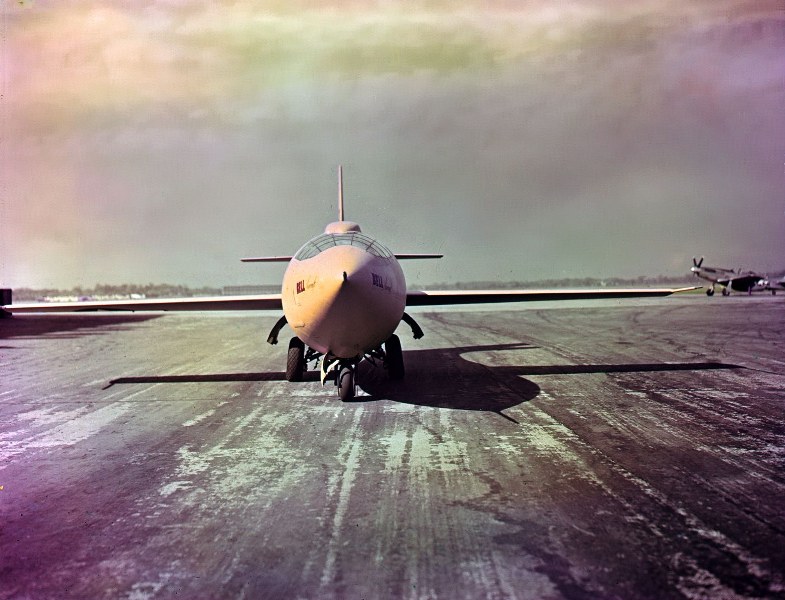
The X-1 was powered by a four-chamber Reaction Motors, Inc., 6000C4 (XLR11-RM-3 ) rocket engine which produced 6,000 pounds of thrust (26,689 Newtons). This engine burned a 75/25 mixture of ethyl alcohol and water with liquid oxygen. Fuel capacity is 293 gallons (1,109 liters) of water/alcohol and 311 gallons (1,177 liters) of liquid oxygen. The fuel system was pressurized by nitrogen at 1,500 pounds per square inch (103.4 Bar).
The X-1 was usually dropped from the B-29 flying at 30,000 feet (9,144 meters) and 345 miles per hour (555 kilometers per hour). It fell as much as 1,000 feet (305 meters) before beginning to climb under its own power.
The X-1’s performance was limited by its fuel capacity. Flying at 50,000 feet (15,240 meters), it could reach 916 miles per hour (1,474 kilometers per hour), but at 70,000 feet (21,336 meters) the maximum speed that could be reached was 898 miles per hour (1,445 kilometers per hour). During a maximum climb, fuel would be exhausted as the X-1 reached 74,800 feet (2,799 meters). The absolute ceiling is 87,750 feet (26,746 meters).
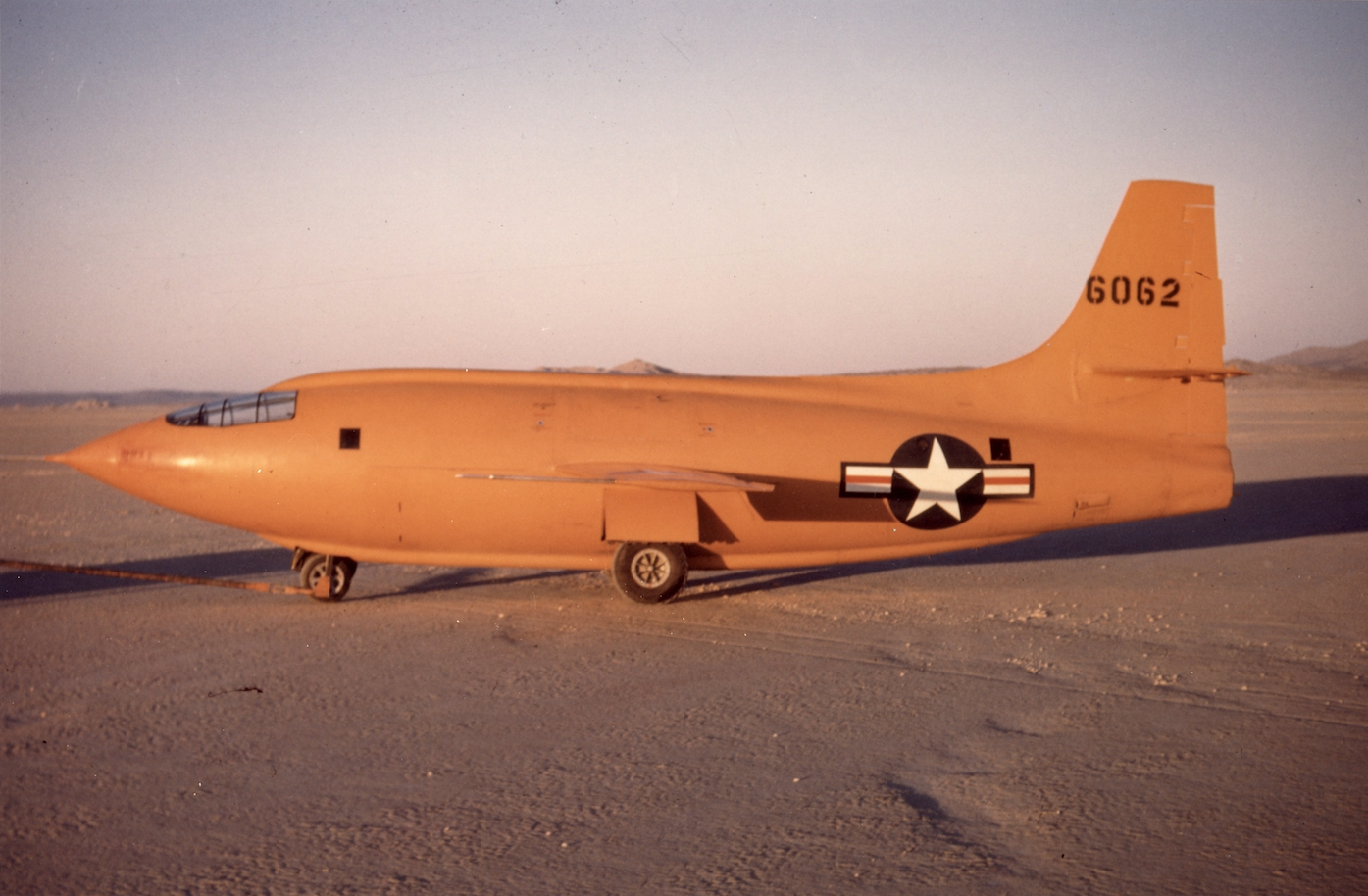
The X-1 had a minimum landing speed of 135 miles per hour (217 kilometers per hour) using 60% flaps.
There were 157 flights with the three X-1 rocket planes. The number one ship, 46-062, Glamorous Glennis, made 78 flights. On 26 March 1948, with Chuck Yeager again in the cockpit, it reached reached Mach 1.45 (957 miles per hour/1,540 kilometers per hour) at 71,900 feet (21,915 meters).
The third X-1, 46-064, made just one glide flight before it was destroyed 9 November 1951 in an accidental explosion.
The second X-1, 46-063, was later modified to the X-1E. It is on display at the NASA Dryden Research Center at Edwards Air Force Base. Glamorous Glennis is on display at the Smithsonian Institution National Air and Space Museum, next to Charles A. Lindbergh’s Spirit of St. Louis.
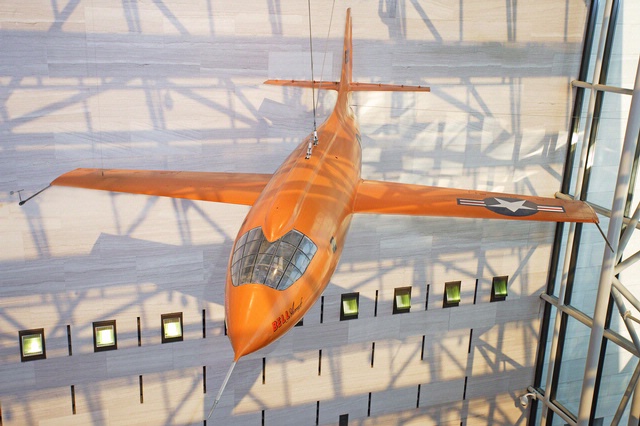
Jack Valentine Woolams was born on Valentine’s Day, 14 February 1917, at San Francisco, California. He was the second of three children of Leonard Alfred Woolams, a corporate comptroller, and Elsa Mathilda Cellarius Woolams. He grew up in San Rafael, California, and graduated from Tamalpais School in 1935.
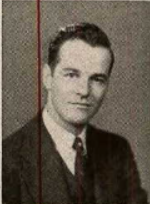
After two years of study at The University of Chicago, in 1937 Woolams entered the Air Corps, U.S. Army, as an aviation cadet. He trained as a pilot at Kelly Field, San Antonio, Texas. On graduation, 16 June 1938, he was discharged as an aviation cadet and commissioned as a second lieutenant, Air Reserve. He was assigned to Barksdale Army Air Field, Louisiana, where he flew the Boeing P-26 and Curtiss P-36 Hawk.
On 10 February 1939, Lieutenant Woolams was one of three Air Corps officers thrown into the waters of Cross Lake, near Shreveport, Louisiana, when the boat, owned by Woolams, capsized in 4 foot (1.2 meters) waves. Woolams and Lieutenant J.E. Bowen were rescued after 4 hours in the water, but the third man, Lieutenant Wilbur D. Camp, died of exposure.
Lieutenant Woolams transferred from active duty to inactive reserve status in September 1939 in order to pursue his college education at The University of Chicago, where he was a member of the Alpha Delta Phi (ΑΔΦ) fraternity. While at U. of C., he played on the university’s football and baseball teams, and was a member of the dramatic society. Woolams graduated 18 July 1941 with a Bachelor of Arts (A.B.) degree in Economics.
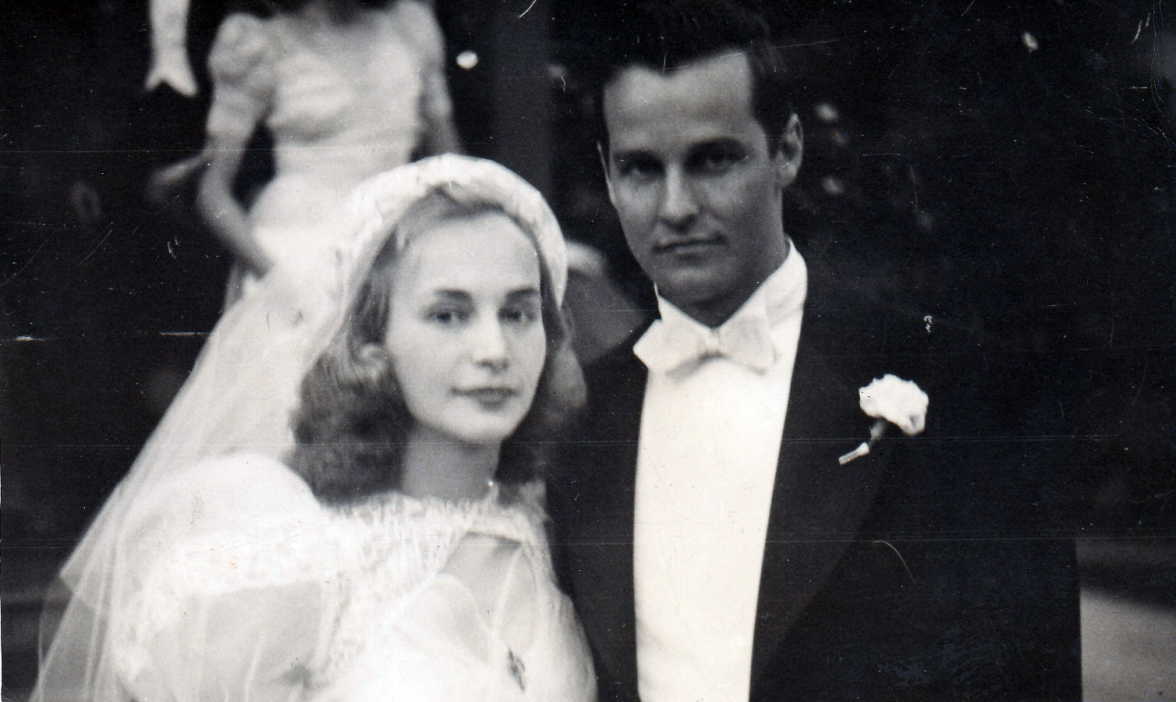
Jack Woolams married Miss Mary Margaret Mayer at the bride’s home in Riverside, Illinois, 16 June 1941. They would have three children. Miss Mayer was also a 1941 graduate from the University of Chicago. She had been Woolams’ student in the Civilian Pilot Training Program.
Woolams became a production test pilot for the Bell Aircraft Corporation at Buffalo, New York. He tested newly-built Bell P-39 Airacobra fighters. As he became more experienced, he transitioned to experimental testing with the P-39, P-63 King Cobra, and the jet-powered P-59 Airacomet.
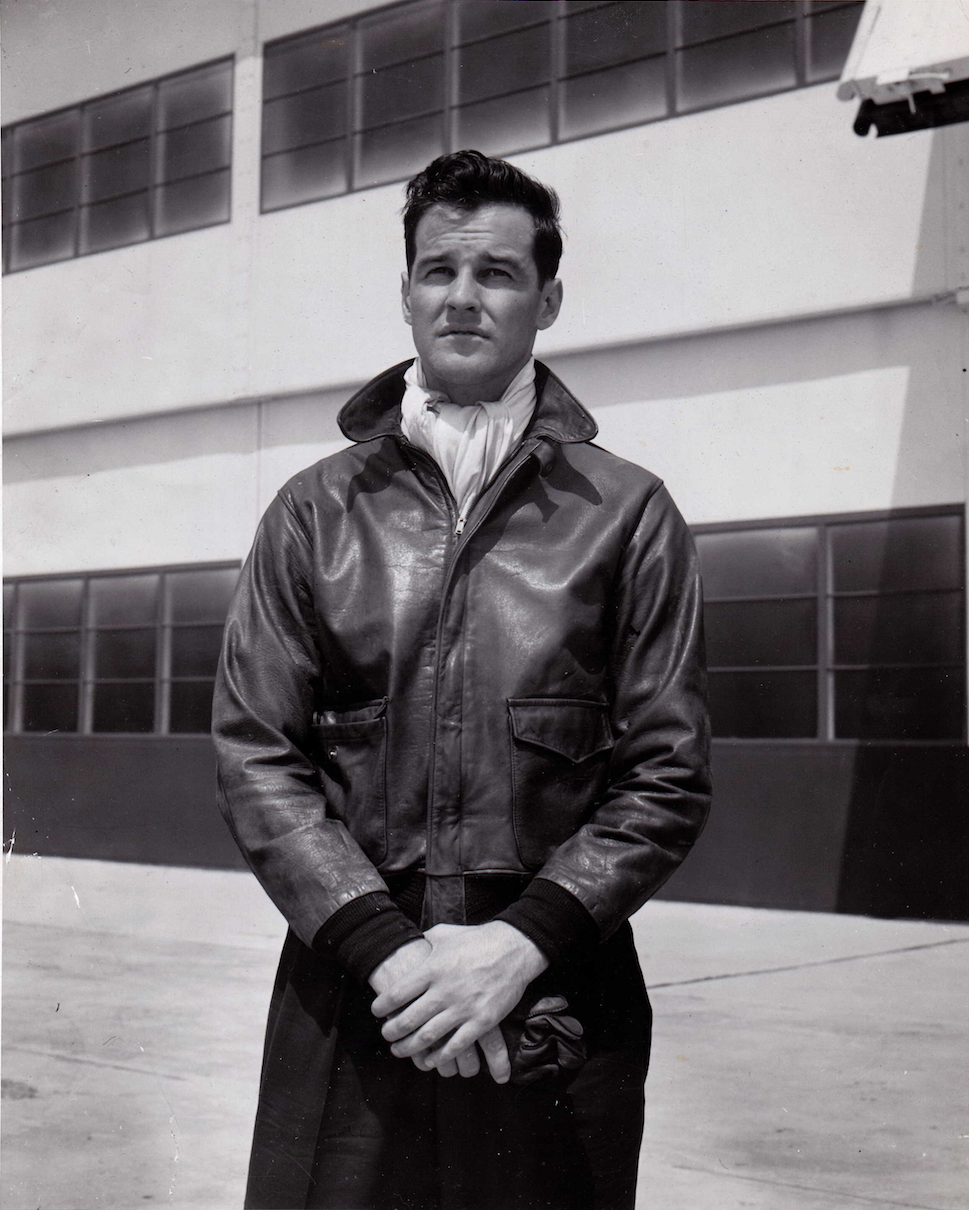
On 28 September 1942, Jack Woolams flew a highly-modified Bell P-39D-1-BE Airacobra, 41-38287, from March Field, near Riverside, California, to Bolling Field, Washington, D.C., non-stop. The duration of the flight was approximately 11 hours. The modifications were intended to allow P-39s to be flown across the Pacific Ocean to Hawaii and on to the Soviet Union for delivery under Lend Lease.
During the summer of 1943, Woolams flew the first Bell YP-59A Airacomet, 42-108771, to an altitude of 47,600 feet (14,508 meters) near Muroc Army Air Field in California.
On 5 January 1945, Woolams was forced to bail out of a Bell P-59A-1-BE, 44-22616. He suffered a deep laceration to his head as he left the airplane. He lost his flight boots when the parachute opened, and on landing, had to walk barefoot through knee-deep snow for several miles to reach a farm house. The deep snow prevented the company’s ambulance from getting to Woolams. Bell Aircraft president Lawrence D. Bell sent the company’s second prototype Bell Model 30 helicopter, NX41868, flown by test pilot Floyd Carlson, to transport a doctor, J.A. Marriott, M.D., to the location. Another Bell test pilot, Joe Mashman, circled overhead in a P-63 King Cobra to provide a communications link. Later in the day, an ambulance was able to get through the snow to take Woolams to a hospital.
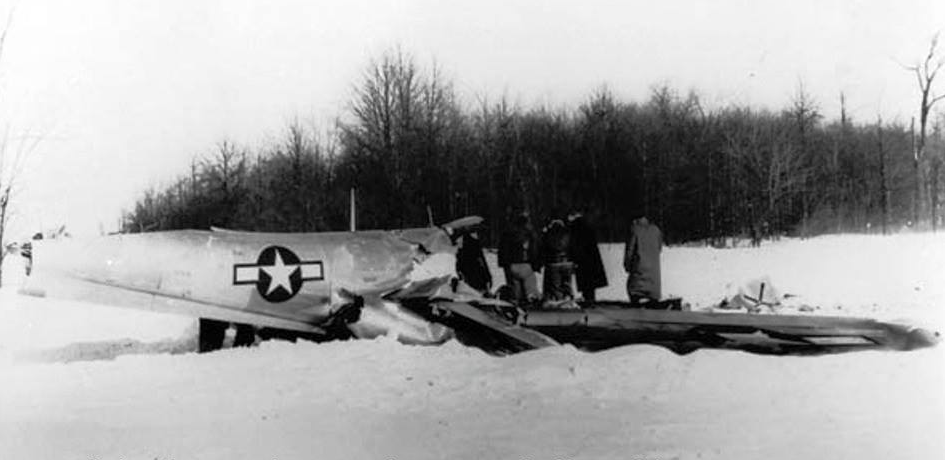
Woolams was scheduled to make the first powered flight of the XS-1 during October 1946.
Jack Woolams was killed Friday, 30 August 1946, when his red Thompson Trophy racer, Cobra I, a modified 2,000-horsepower Bell P-39Q Airacobra, crashed into Lake Ontario at over 400 miles per hour. His body was recovered by the U.S. Coast Guard four days later.
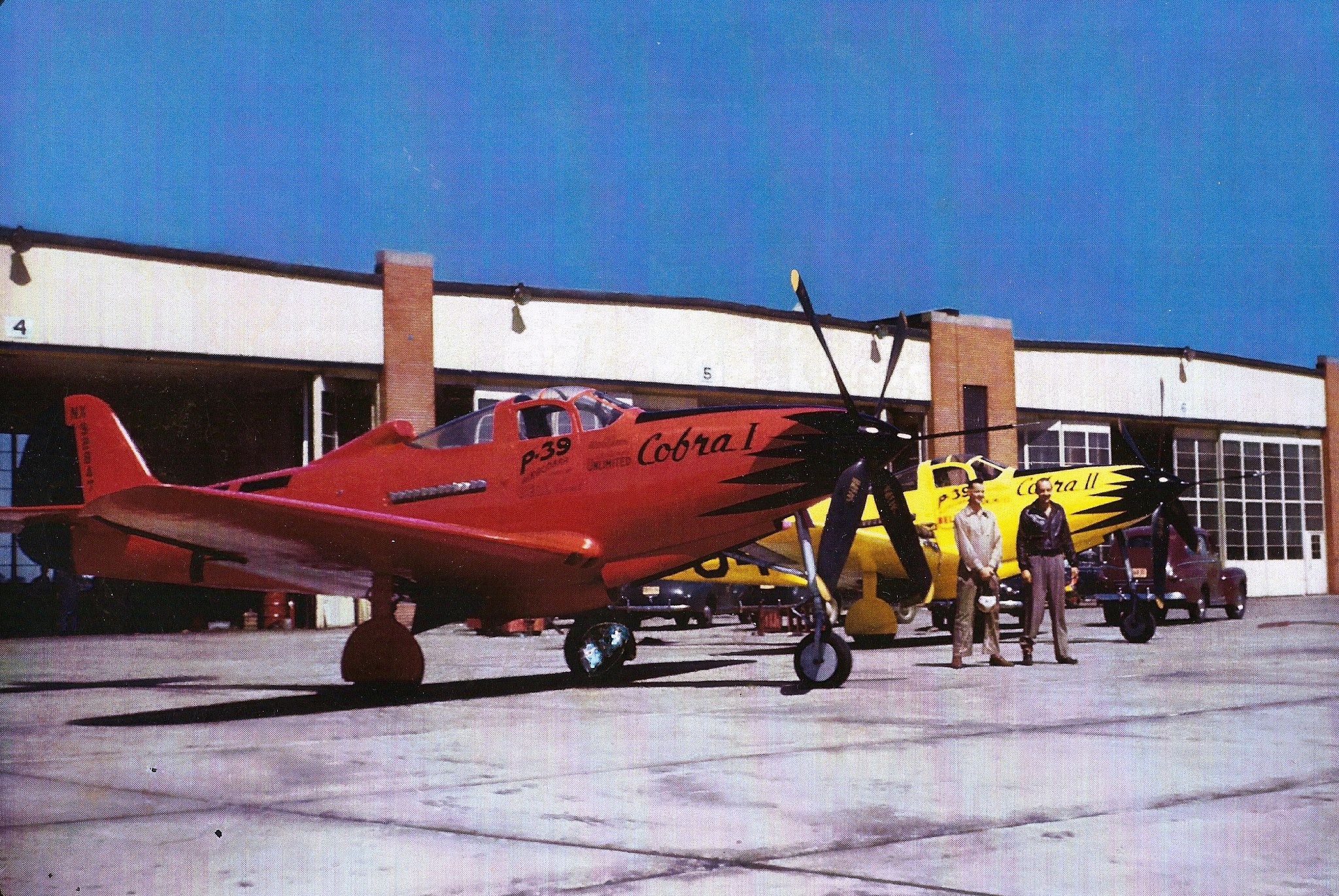
¹ This article was originally dated 19 January 1946. There were known discrepancies as to the date of the first flight from various reliable sources. Recently discovered test flight reports, provided to TDiA by Mr. Roy T. Lindberg, Historian of the Niagara Aerospace Museum, Niagara Falls, New York, have confirmed that the date of the first flight was actually 25 January 1946. The article has been been revised accordingly, as well as to incorporate new information from these reports.
TDiA is indebted to Mr. Lindberg for providing this and other documentation.
© 2019, Bryan R. Swopes